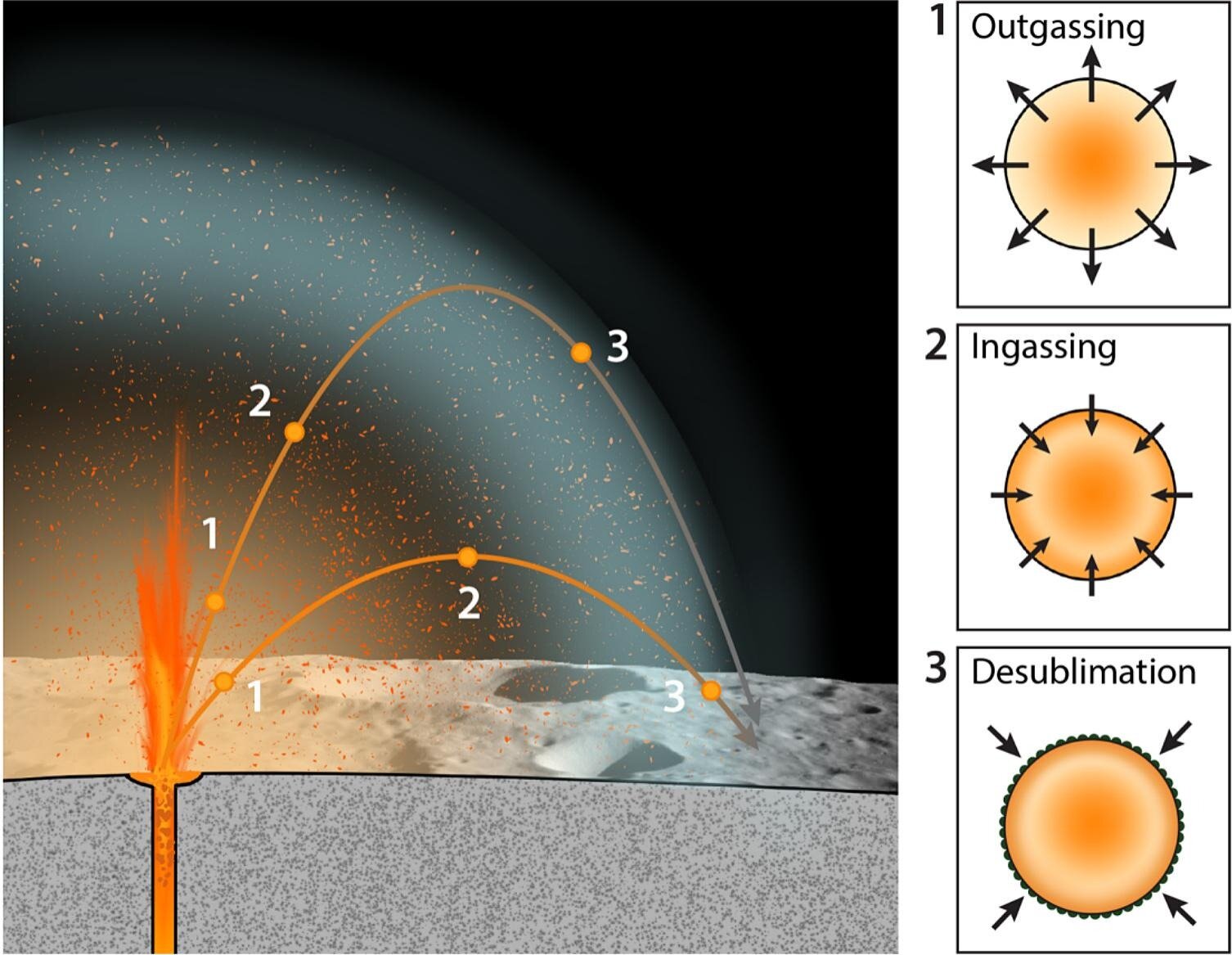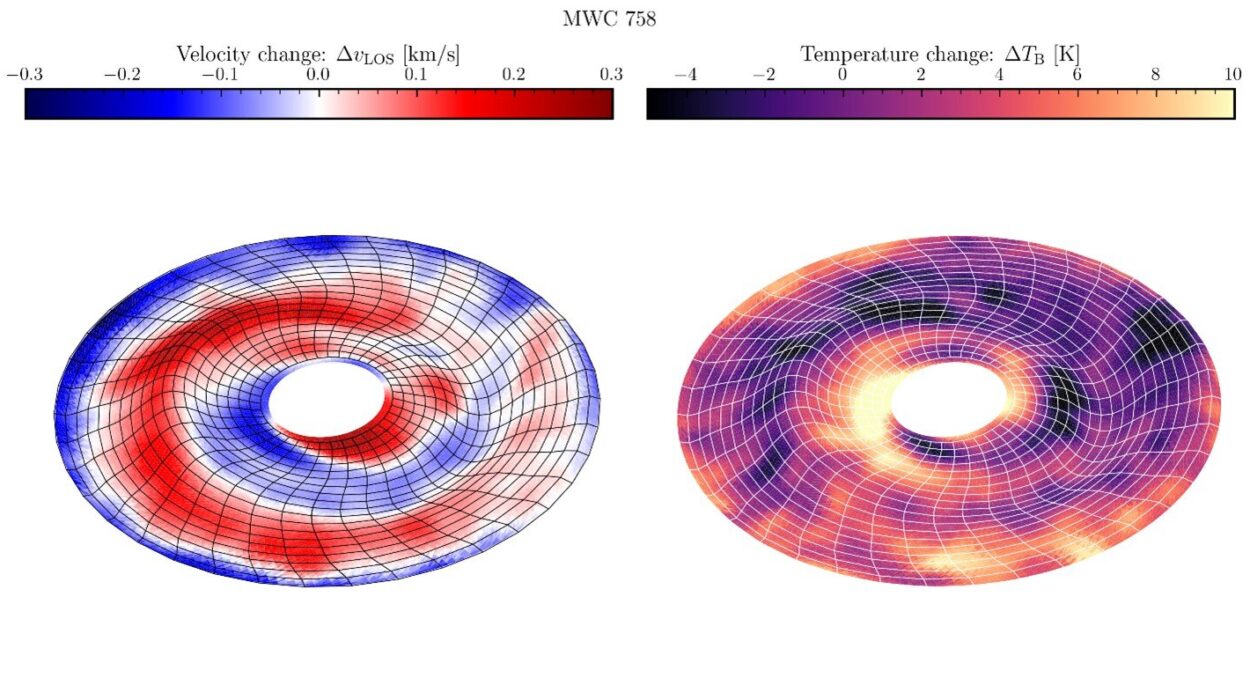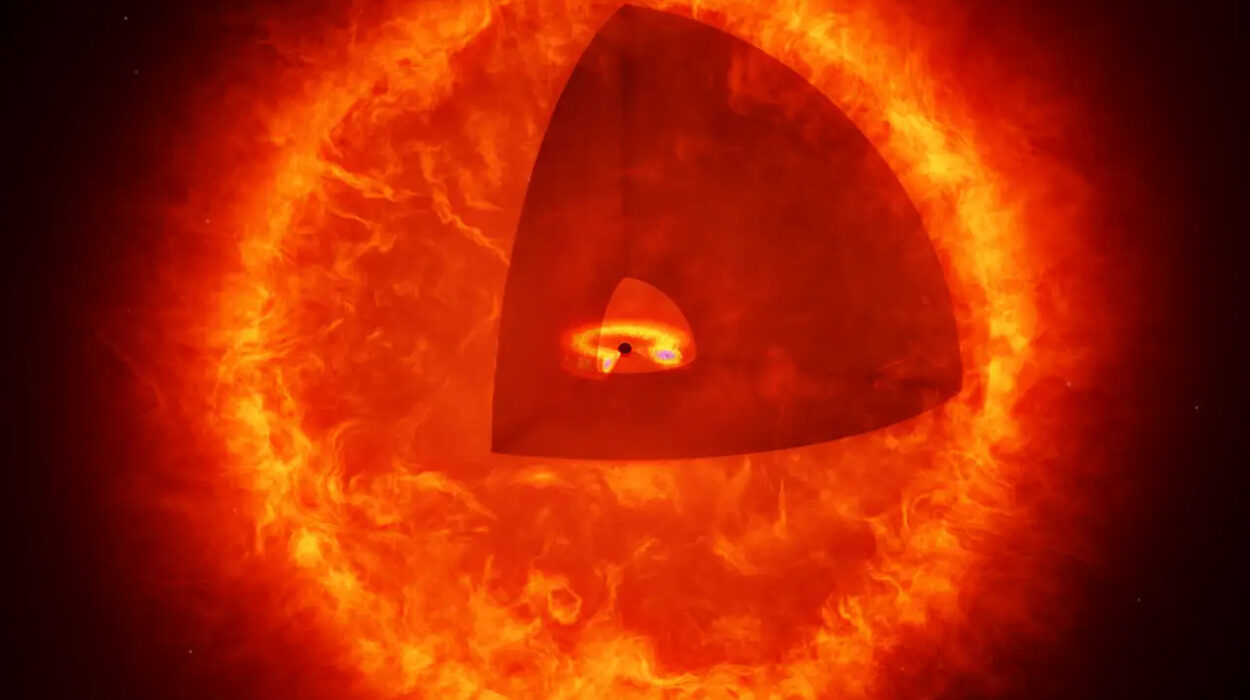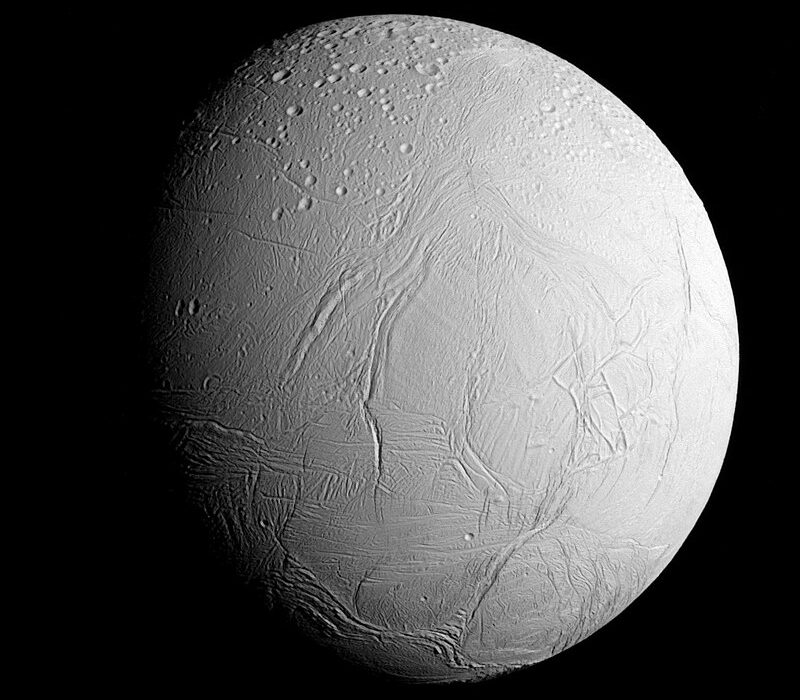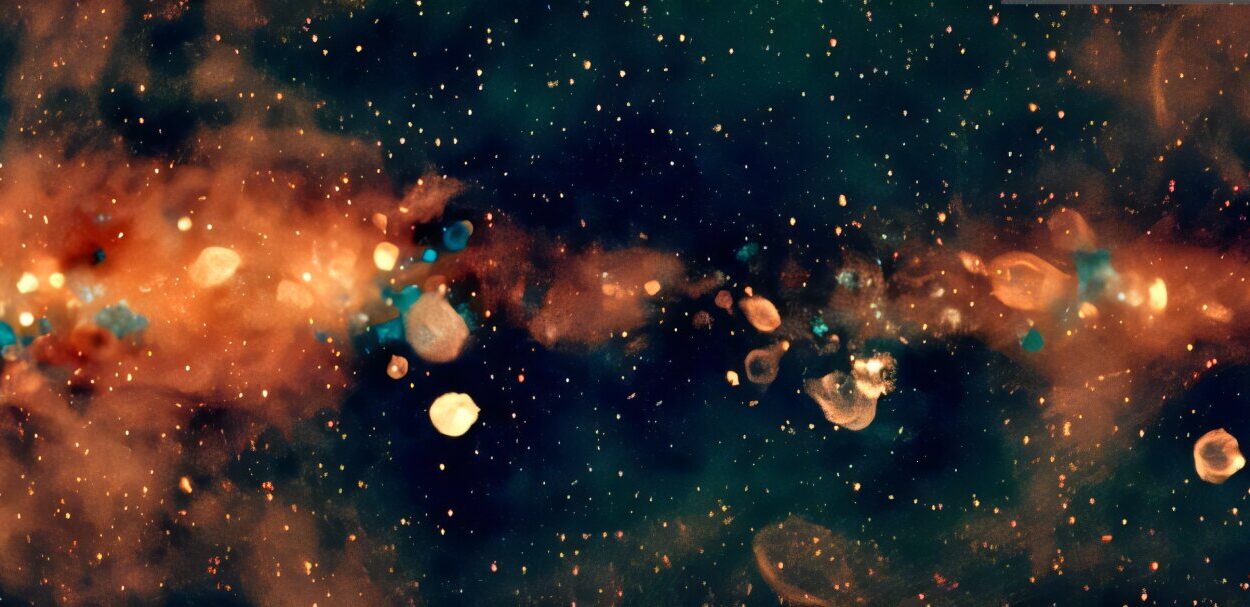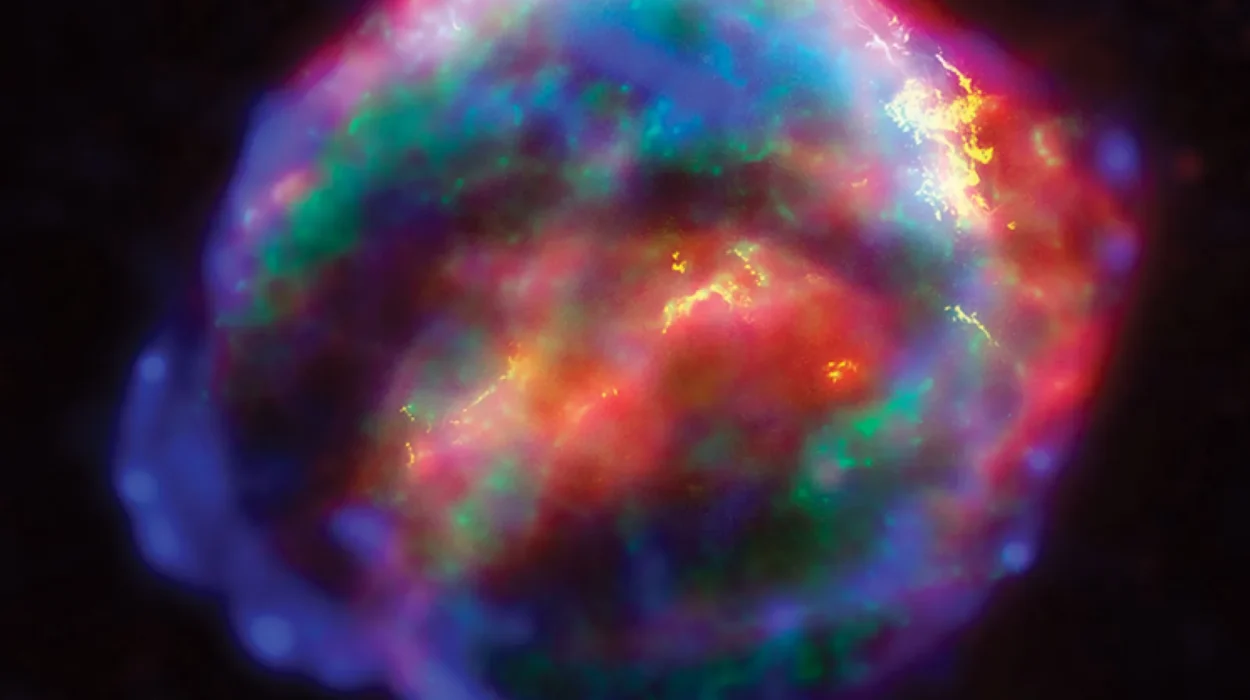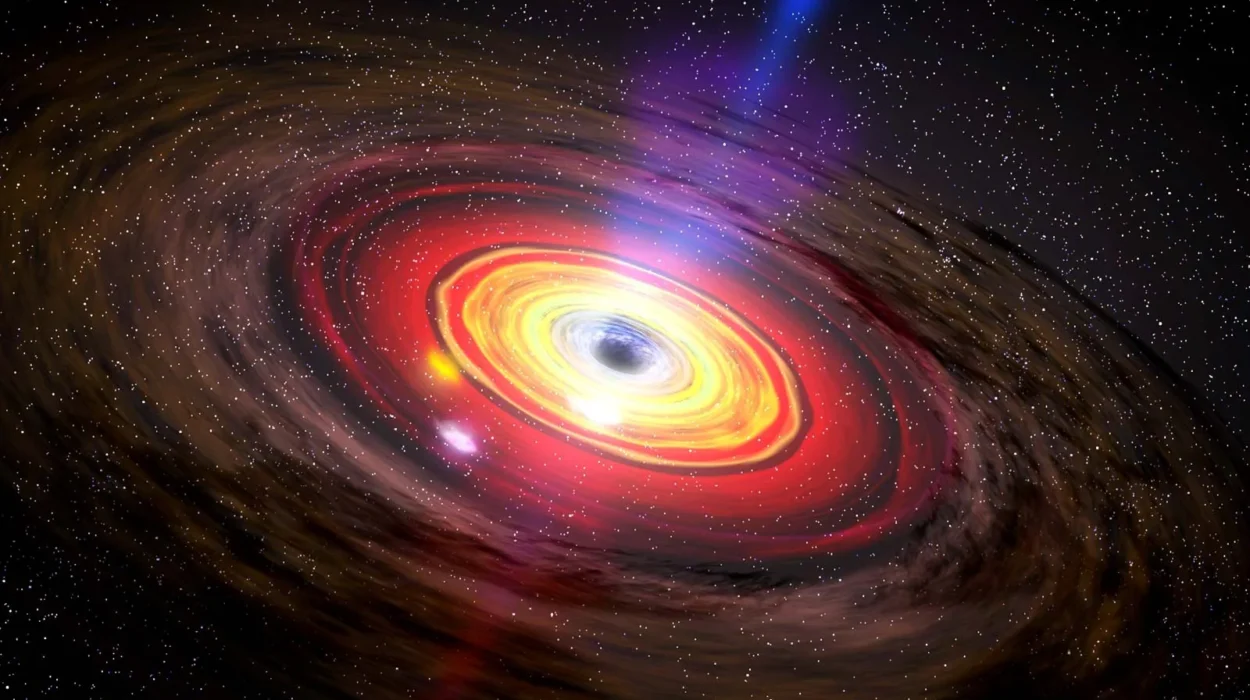When the Apollo astronauts set foot on the Moon in the late 1960s and early ’70s, they expected dust, rocks, and silence. What they didn’t expect was color—especially not the strange, glimmering orange that sparkled under the harsh, alien sun.
Scattered among the monotone gray of the lunar regolith were drifts of bright orange and shiny black glass beads, each no larger than a grain of sand. They were beautiful. Mysterious. And they were unlike anything anyone had seen on Earth.
Now, more than 50 years after those otherworldly treasures were brought home, scientists are peering into the beads with a clarity and precision that was unimaginable at the time of their discovery. And what they’re finding is reshaping our understanding of the Moon’s fiery past.
“These beads are tiny, pristine capsules of the lunar interior,” said Ryan Ogliore, an associate professor of physics at Washington University in St. Louis, which houses a substantial collection of lunar material from the Apollo missions. “They’re some of the most amazing extraterrestrial samples we have.”
Volcanic Echoes from 3.5 Billion Years Ago
The glass beads formed over 3 billion years ago during violent volcanic eruptions that once shook the Moon’s now-silent surface. Back then, the Moon was far from the cold, cratered husk we see today. It was restless, molten, and alive with fire.
During those eruptions, jets of molten material exploded from the Moon’s interior and were hurled high into the airless sky. As each droplet cooled in the harsh vacuum of space, it froze instantly into a bead of glass—capturing the chemical fingerprints of the lava and the ancient conditions under which it formed.
“It’s like reading the journal of an ancient lunar volcanologist,” Ogliore said. Each bead is a tiny time capsule from a long-forgotten chapter in the Moon’s geologic story.
Analyzing the Beads With 21st Century Tools
Ogliore and a team of scientists from Brown University and other institutions recently published a detailed analysis of these beads in the journal Icarus. The study represents the first time scientists have been able to scrutinize the outer surfaces of these beads at the nanoscale.
Thanks to advanced tools like the NanoSIMS 50—a high-powered ion beam instrument at WashU—and techniques like scanning electron microscopy, transmission electron microscopy, and atom probe tomography, the team could explore the surface chemistry and mineral structure in unprecedented detail.
The investigation was led by planetary scientists Thomas Williams, Stephen Parman, and Alberto Saal of Brown University. “We’ve had these samples for 50 years, but we now have the technology to fully understand them,” Ogliore said. “Many of these instruments would have been unimaginable when the beads were first collected.”
What they found was astonishing. The beads were more than just ancient glass. They were covered in microscopic deposits of minerals such as zinc sulfides—materials that don’t naturally exist on the Moon’s surface today. These minerals, and the isotopes embedded within them, are a scientific Rosetta Stone for understanding the pressures, temperatures, and chemical environments during the Moon’s ancient volcanic episodes.
Lunar Volcanism, Up Close
Some of the beads shimmer orange, others gleam black, and both varieties have their own secrets to tell. The colors aren’t just cosmetic. They reflect differences in chemical composition and cooling rates—differences that correspond to how eruptions on the Moon changed over time.
The orange beads, for example, are thought to have formed in fiery, explosive eruptions, similar in spectacle to the lava fountains of modern-day Hawaii. But unlike Hawaii’s humid air and ocean breezes, the Moon’s eruptions occurred in an airless vacuum, where molten material cooled mid-flight and dropped to the surface like frozen rain.
The presence of such glassy materials hints at a surprisingly volatile early Moon—one that was anything but dead. These eruptions may have spewed not only lava, but also gases like sulfur and carbon monoxide, further complicating the Moon’s long-assumed geologic simplicity.
Preserving the Pristine
To study the beads without contaminating them, researchers had to work with painstaking care. Even Earth’s atmosphere posed a risk. Oxygen and moisture could alter the beads’ surfaces at the atomic level, so the team extracted the most protected beads from deep within lunar samples and ensured they were never exposed to open air.
“Even with the advanced techniques we used, these were very difficult measurements to make,” Ogliore admitted.
But their caution paid off. The tiny minerals found on the bead surfaces act like sensors frozen in time, offering insights not only into the Moon’s past but also into how planetary bodies evolve after formation.
Why These Beads Matter
While glass beads might sound like geological trivia, they carry weighty implications. They reveal a side of the Moon that contradicts its usual image: not a lifeless gray orb, but a dynamic, volcanic world that once roiled with internal heat and erupted in brilliant fire.
And because the Moon is geologically inactive today, those ancient beads remain virtually untouched—preserved like insects in amber. They give scientists a direct line of evidence from the Moon’s deep interior, a record of eruptions older than any rocks on Earth.
These insights don’t just tell us about the Moon—they help illuminate how rocky planets like Earth formed and evolved. The same processes that shaped the Moon’s interior billions of years ago likely occurred across the early solar system.
In short, these shimmering beads may help us understand not just where we came from, but why we’re here.
A Story Still Unfolding
As researchers continue to probe the Apollo samples with ever more sophisticated tools, they are keenly aware that the story isn’t over. These beads, silent for eons, are only now beginning to speak.
“We’re still discovering new things from rocks that came back in 1969,” Ogliore said. “That’s the incredible part. We’re not done. The Moon is still teaching us.”
In a universe of grand galaxies and infinite distances, it’s easy to overlook the importance of something smaller than a millimeter. But on the Moon, in the quiet hollows where astronauts once walked, those tiny orange beads hold the memory of fire, the echo of explosions, and the unspoken secrets of a world that was once ablaze.
And thanks to modern science—and a half-century of patient curiosity—we’re finally learning how to listen.
Reference: T.A. Williams et al, Lunar volcanic gas cloud chemistry: Constraints from glass bead surface sublimates, Icarus (2025). DOI: 10.1016/j.icarus.2025.116607
